This article has been reviewed according to Science X's editorial process and policies. Editors have highlighted the following attributes while ensuring the content's credibility:
fact-checked
peer-reviewed publication
trusted source
proofread
Scientists uncover hidden forces causing continents to rise
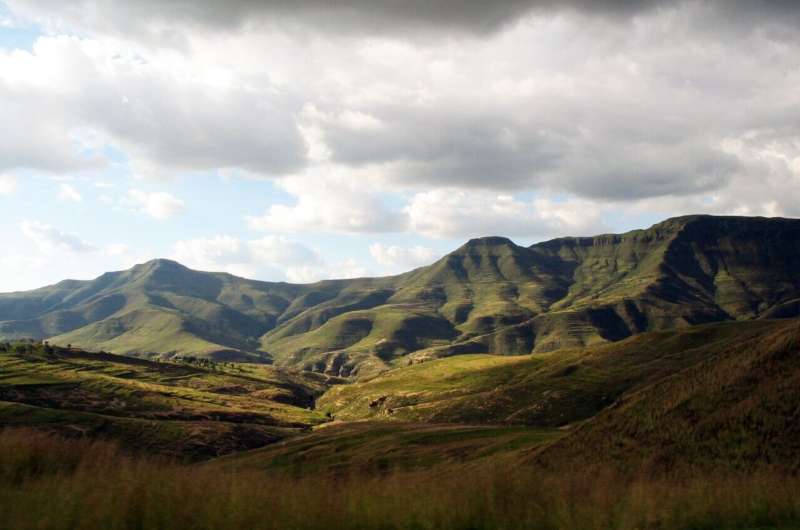
Scientists at the University of Southampton have answered one of the most puzzling questions in plate tectonics: how and why "stable" parts of continents gradually rise to form some of the planet's greatest topographic features.
They have found that when tectonic plates break apart, powerful waves are triggered deep within the Earth that can cause continental surfaces to rise by over a kilometer.
Their findings help resolve a long-standing mystery about the dynamic forces that shape and connect some of the Earth's most dramatic landforms—expansive topographic features called 'escarpments' and 'plateaus' that profoundly influence climate and biology.
The new research, led by the University of Southampton, examined the effects of global tectonic forces on landscape evolution over hundreds of millions of years. The findings are published Aug 8 in the journal Nature.
Tom Gernon, Professor of Earth Science at the University of Southampton and lead author of the study said, "Scientists have long suspected that steep kilometer-high topographic features called Great Escarpments—like the classic example encircling South Africa—are formed when continents rift and eventually split apart. However, explaining why the inner parts of continents, far from such escarpments, rise and become eroded has proven much more challenging. Is this process even linked to the formation of these towering escarpments? Put simply, we didn't know."
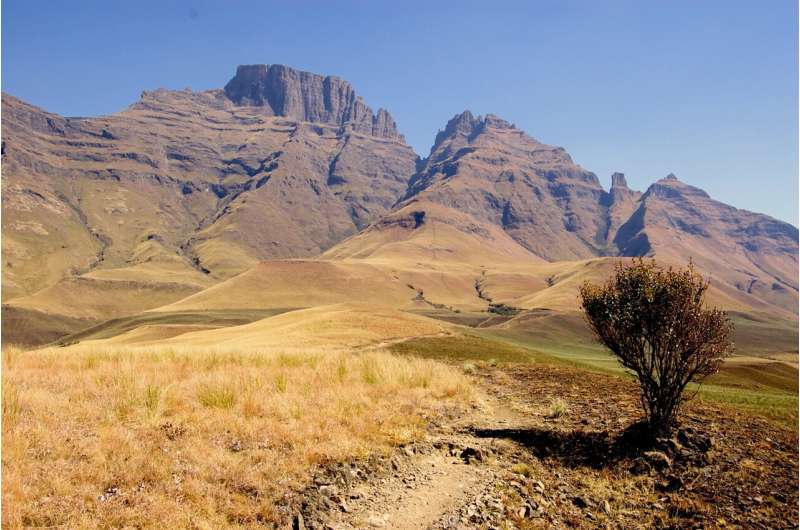
The vertical motions of the stable parts of continents, called cratons, remain one of the least understood aspects of plate tectonics.
The team from the University of Southampton, including Dr. Thea Hincks, Dr. Derek Keir, and Alice Cunningham, collaborated with colleagues from the Helmholtz Centre Potsdam—GFZ German Research Centre for Geosciences and the University of Birmingham to address this fundamental question.
Their results help explain why parts of the continents previously thought of as "stable" experience substantial uplift and erosion, and how such processes can migrate hundreds or even thousands of kilometers inland, forming sweeping elevated regions known as plateaus, like the Central Plateau of South Africa.
Linking diamonds with landscape evolution
Building on their study linking diamond eruptions to continental breakup, published last year in Nature, the team used advanced computer models and statistical methods to interrogate how the Earth's surface has responded to the breakup of continental plates through time.
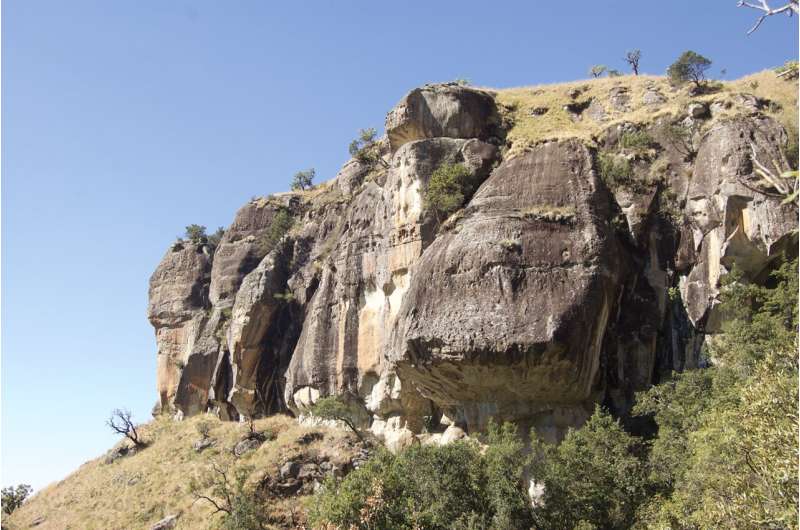
They discovered that when continents split apart, the stretching of the continental crust causes stirring movements in Earth's mantle (the voluminous layer between the crust and the core).
Professor Sascha Brune, who leads the Geodynamic Modelling Section at GFZ Potsdam, said, "This process can be compared to a sweeping motion that moves towards the continents and disturbs their deep foundations."
Professor Brune and Dr. Anne Glerum, also based at Potsdam, ran simulations to investigate how this process unfolds. The team noticed an interesting pattern: the speed of the mantle "waves" moving under the continents in their simulations closely matched the speed of major erosion events that swept across the landscape in Southern Africa following the breakup of the ancient supercontinent Gondwana.
The scientists pieced together evidence to propose that the Great Escarpments originate at the edges of ancient rift valleys, much like the steep walls seen at the margins of the East African Rift today. Meanwhile, the rifting event also sets about a "deep mantle wave" that travels along the continent's base at about 15–20 kilometers per million years.
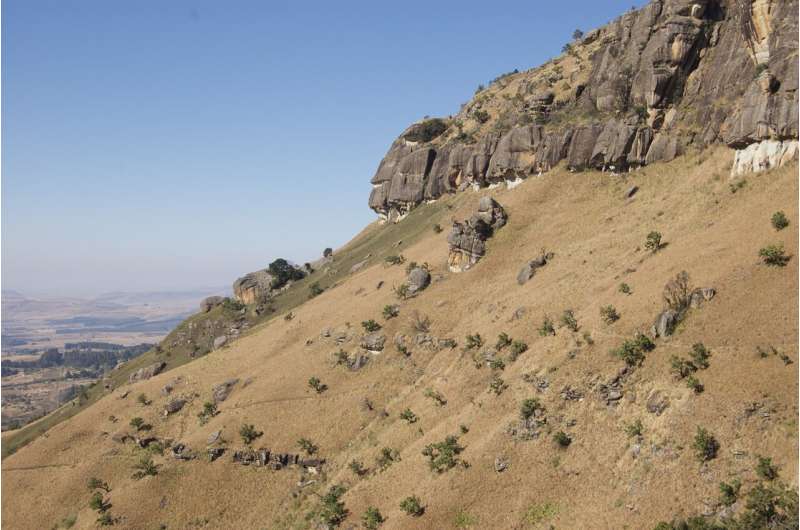
They believe that this wave convectively removes layers of rock from the continental roots.
"Much like how a hot-air balloon sheds weight to rise higher, this loss of continental material causes the continents to rise—a process called isostasy," said Professor Brune.
Building on this, the team modeled how landscapes respond to this mantle-driven uplift. They found that migrating mantle instabilities give rise to a wave of surface erosion that lasts tens of millions of years and moves across the continent at a similar speed. This intense erosion removes a huge weight of rock that causes the land surface to rise further, forming elevated plateaus.
"Our landscape evolution models show how a sequence of events linked to rifting can result in an escarpment as well as a stable, flat plateau, even though a layer of several thousands of meters of rocks has been eroded away," explained Jean Braun, Professor of Earth Surface Process Modelling at GFZ Potsdam, also based at the University of Potsdam.
-
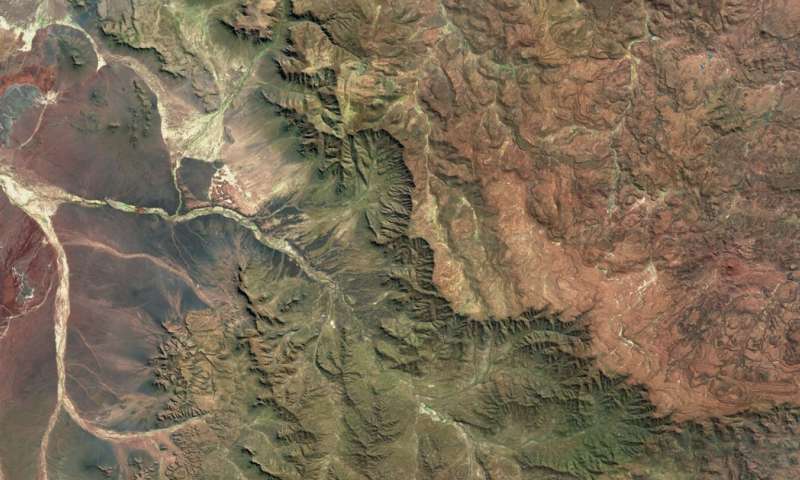
Satellite image of the Great Escarpment from the Sentinel Hub Earth Observation Browser. Taken using the Sentinel-2 L1C dataset, in May 2020. Credit: Prof Tom Gernon, University of Southampton -
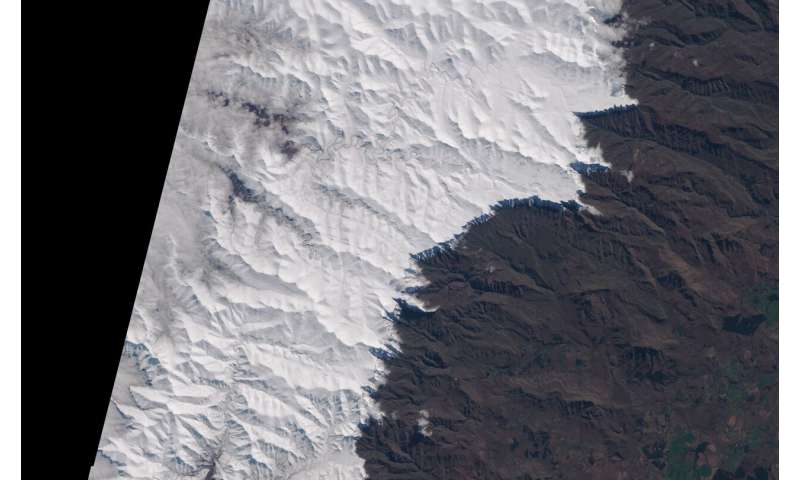
Satellite image of The Great Escarpment (eastern Lesotho Highlands) from the Sentinel Hub Earth Observation Browser. Taken using the Sentinel-2 L1C dataset, in May 2022. The snow cover picks out the elevated plateau region relative to the lowlands, separated by the Great Escarpment. Credit: Prof Tom Gernon, University of Southampton
The team's study provides a new explanation for the puzzling vertical movements of cratons far from the edges of continents, where uplift is more common.
Dr. Steve Jones, Associate Professor in Earth Systems at the University of Birmingham, added, "What we have here is a compelling argument that rifting can, in certain circumstances, directly generate long-lived continental scale upper mantle convection cells, and these rift-initiated convective systems have a profound effect on Earth's surface topography, erosion, sedimentation and the distribution of natural resources."
The team has concluded that the same chain of mantle disturbances that trigger diamonds to quickly rise from Earth's deep interior also fundamentally shape continental landscapes, influencing a host of factors from regional climates and biodiversity to human settlement patterns.
Professor Gernon, who was awarded a major philanthropic grant from the WoodNext Foundation, administered by Greater Houston Community Foundation, to study global cooling, explained that continental breakup disturbs not only the deep layers of the Earth but also has effects that reverberate across the surface of the continents, previously thought to be stable.
"Destabilizing the cores of the continents must have impacted ancient climates too," concluded Professor Gernon.
More information: Thomas Gernon, Co-evolution of craton margins and interiors during continental break-up, Nature (2024). DOI: 10.1038/s41586-024-07717-1. www.nature.com/articles/s41586-024-07717-1
Journal information: Nature
Provided by University of Southampton




















